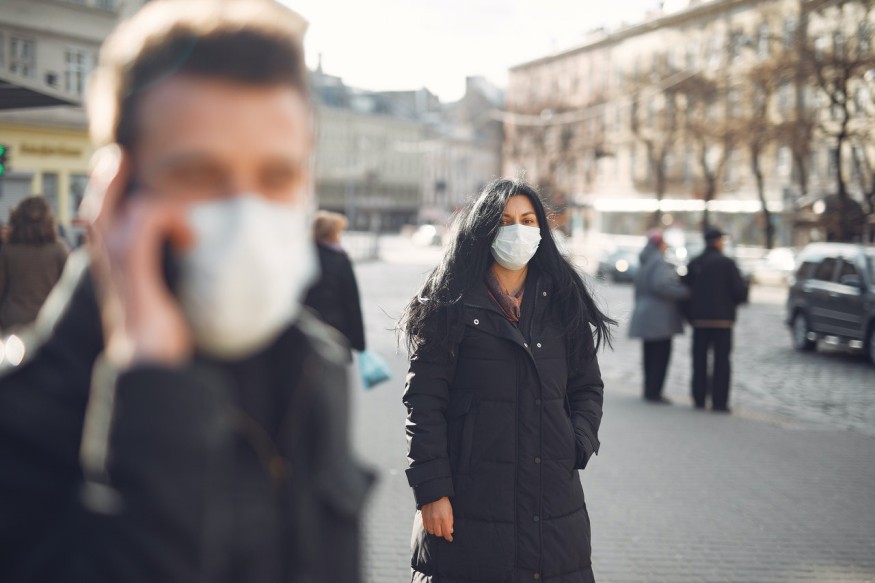
Right now, businesses, public facilities, and countless other commercial venues around the world have been forced to close down to slow the spread of the coronavirus (COVID-19). The idea was to prevent the kinds of mass-gatherings that might promote transmission of the deadly disease. While that's been an effective way to combat the pandemic, it leaves quite a few open questions about how countries and municipalities are going to unwind the rules when it's time to get back to normalcy.
One of the big questions is how (or even if) the entities responsible for all of the closed properties can make sure their facilities are decontaminated and ready for re-occupancy when the time comes. As of today, that question has few easy answers. That's because public health agencies, laboratories, and the healthcare community have been so busy fighting the disease that there's been little time to worry about what comes next.
Still, this is a topic that needs some attention, if not by the relevant authorities, then by the businesses and property owners who bear the ultimate responsibility for finding a way forward. To do that, they must understand the current state of the science surrounding how COVID-19 spreads and its lifespan on surfaces. Here's an overview of what's known so far, and what mitigation steps might be necessary going forward.
Surface Viability of COVID-19
It has long been known that coronaviruses (including the current COVID-19 variant) can remain virulent on a wide variety of exposed surfaces for extended periods of time. The problem, in this case, is the fact that there's some conflicting information about which surfaces pose the greatest disinfection challenge and how long they might be a threat.
The general consensus coming from agencies like the WHO and the CDC is that the COVID-19 virus can remain viable and virulent on surfaces for upwards of 3 days or more, depending on the surrounding environment. While that bodes well for long-shuttered facilities, because it means they should be safe to re-occupy once they've remained closed for at least a week, it also suggests that more aggressive ongoing cleaning regimens will be a must once occupants return to those facilities.
Disinfecting COVID-19-Exposed Surfaces
Here again, there's a dearth of good information on the best ways to disinfect surfaces that may have come into contact with COVID-19. The best resource, right now, seems to be the US EPA's list of disinfectants rated to kill COVID-19. By employing cleaning methods that incorporate products on that list, it should be possible for facilities managers to minimize the risk that any surfaces will remain a threat to spread the disease.
The problem, of course, is that there is no current test that can detect the presence of COVID-19 on surfaces. That means that cleaning procedures have to be ramped up to err on the side of caution. In most cases, exposed surface disinfection should be taking place at least once a day - and more frequently in high-traffic areas. While such measures offer no guarantees, they should be sufficiently effective until proven otherwise.
Protecting Vulnerable Populations
In facilities that house or are frequented by vulnerable populations (in this case, the elderly and immunocompromised), some additional measures might be advisable. Although it's still not possible to detect COVID-19 on surfaces, such facilities might wish to turn to adenosine triphosphate (ATP) testing, which is frequently used to assess the cleanliness of food processing facilities and hospitals. Such tests can measure surface concentrations of ATP, which would denote the presence of biological materials, including viruses and bacteria.
To perform the tests, qualified cleaning services might make use of ATP meters and swabs to measure the on-the-spot results of their cleaning efforts. For large and particularly sensitive locations, it's a better idea to have samples tested in a laboratory setting, using more sensitive luminescence plate readers. They can provide far more accurate sample testing than the available handheld ATP meters, making them a go-to solution for COVID-19 mitigation efforts.
An Ongoing Challenge
It's important to remember that in the absence of a viable COVID-19 vaccine or a reliable treatment method, facilities that reopen in the aftermath of the initial wave of infections are going to have to remain hyper-vigilant for the foreseeable future. This is especially true when you consider the fact that while medical facilities and nursing homes have been granted immunity from COVID-19 related lawsuits in many locations - private properties and other commercial venues haven't.
That means reopening is going to come with new unpredictable liabilities that need to be managed as a matter of necessity. With some luck, the situation will improve to the point that extreme countermeasures like the ones discussed here won't be necessary. But, given how the crisis has played out so far, that seems like a dangerous assumption for anyone involved to make.
© 2025 NatureWorldNews.com All rights reserved. Do not reproduce without permission.





